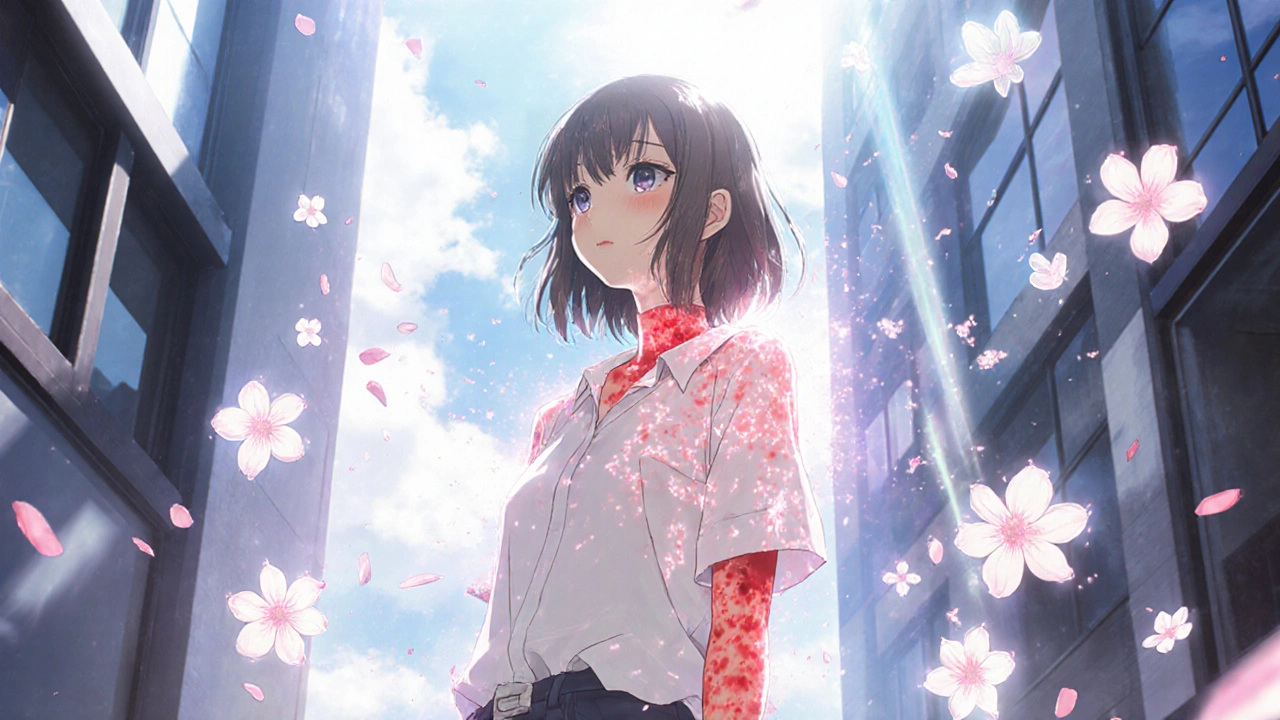UVA Protection: Shield Your Skin from Hidden Sun Damage
When you think of sun damage, you probably picture sunburn. But the real danger comes from UVA protection, the defense against ultraviolet A rays that penetrate deep into the skin, causing aging, DNA damage, and skin cancer without ever burning you. Unlike UVB rays that hit the surface, UVA rays slip through clouds, windows, and even light clothing. They’re present all day, every day—no matter the season. That’s why sunscreen labeled "broad spectrum" isn’t optional. It’s your first line of defense against a silent threat.
People with photosensitivity, a condition where skin reacts abnormally to UV light, often due to medications or autoimmune diseases like lupus are especially vulnerable. For them, even brief exposure can trigger rashes, flare-ups, or long-term scarring. That’s why research shows consistent UVA protection isn’t just about comfort—it’s medical necessity. And it’s not just about sunscreen. Hats, UPF clothing, and avoiding midday sun matter too. Many don’t realize indoor lighting, especially fluorescent and LED, can emit low levels of UVA. If you’re on drugs like doxycycline or retinoids, your skin’s defense is already lowered. Adding proper UVA protection isn’t extra—it’s essential.
There’s a reason skin cancer prevention, a strategy focused on reducing UV exposure to lower melanoma and squamous cell carcinoma risk keeps appearing in medical guidelines. The WHO estimates over 90% of non-melanoma skin cancers are caused by UV exposure. And UVA makes up 95% of the UV radiation that reaches Earth. Zinc oxide and titanium dioxide in physical sunscreens block UVA effectively. Chemical filters like avobenzone and Mexoryl SX do too—but only if they’re stable and applied correctly. Reapplying every two hours isn’t a suggestion. It’s science. And no, tanning beds are not safer. They blast UVA at levels 10 to 15 times stronger than the midday sun.
What you’ll find here aren’t generic tips. These are real, tested strategies from people who’ve lived with lupus rashes, managed chemo-related skin sensitivity, or reversed early signs of photoaging. You’ll see what actually works—based on clinical data, not marketing claims. Whether you’re avoiding sun triggers for a chronic condition or just trying to keep your skin healthy into your 50s and beyond, the right UVA protection changes everything. Let’s get you the facts that matter.
Photosensitivity from Medications: Sun Safety and Skin Protection Guide
- DARREN LLOYD
- 11
Many medications can make your skin dangerously sensitive to the sun, leading to severe burns, blisters, and increased skin cancer risk. Learn how to protect yourself with the right sunscreen, clothing, and habits.
READ MORE
